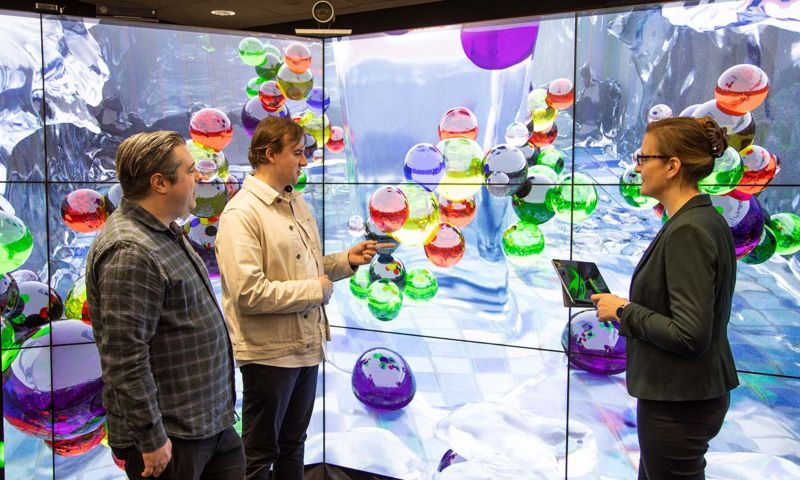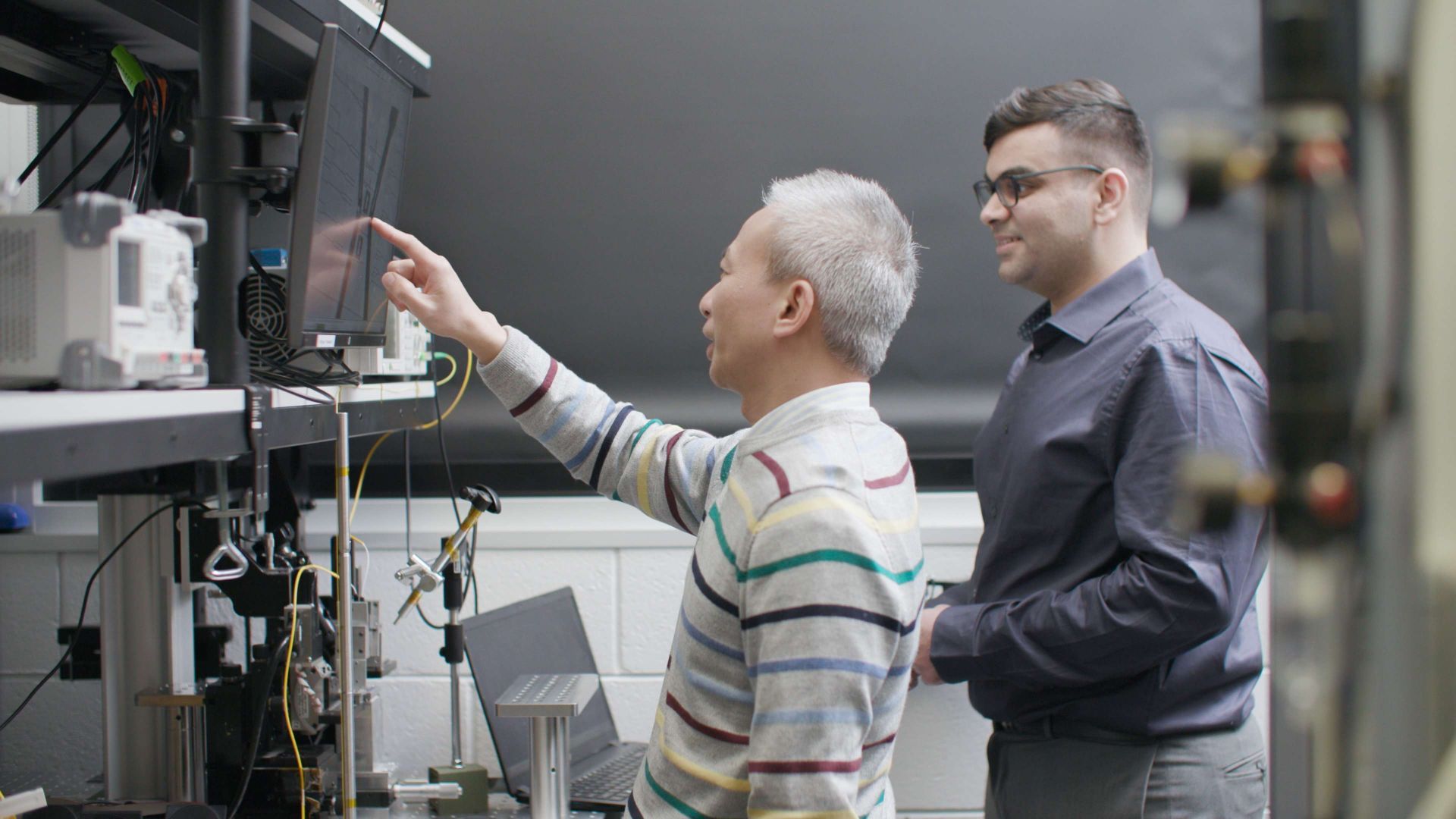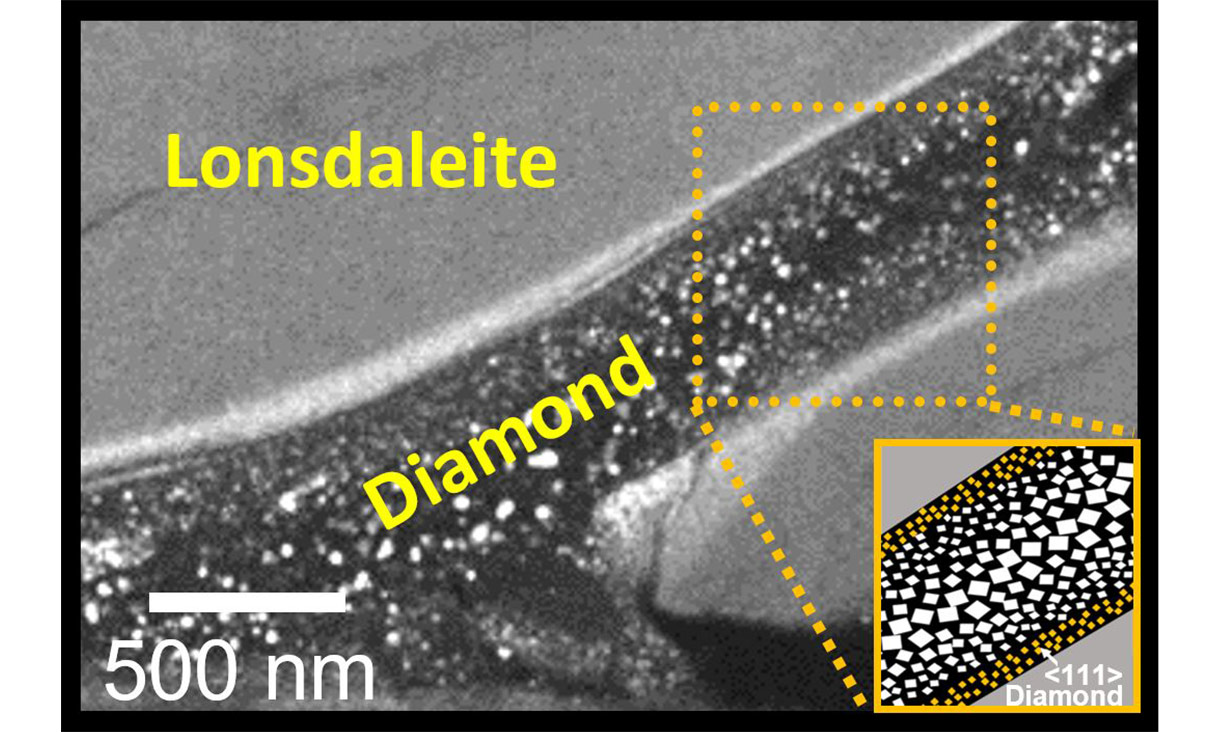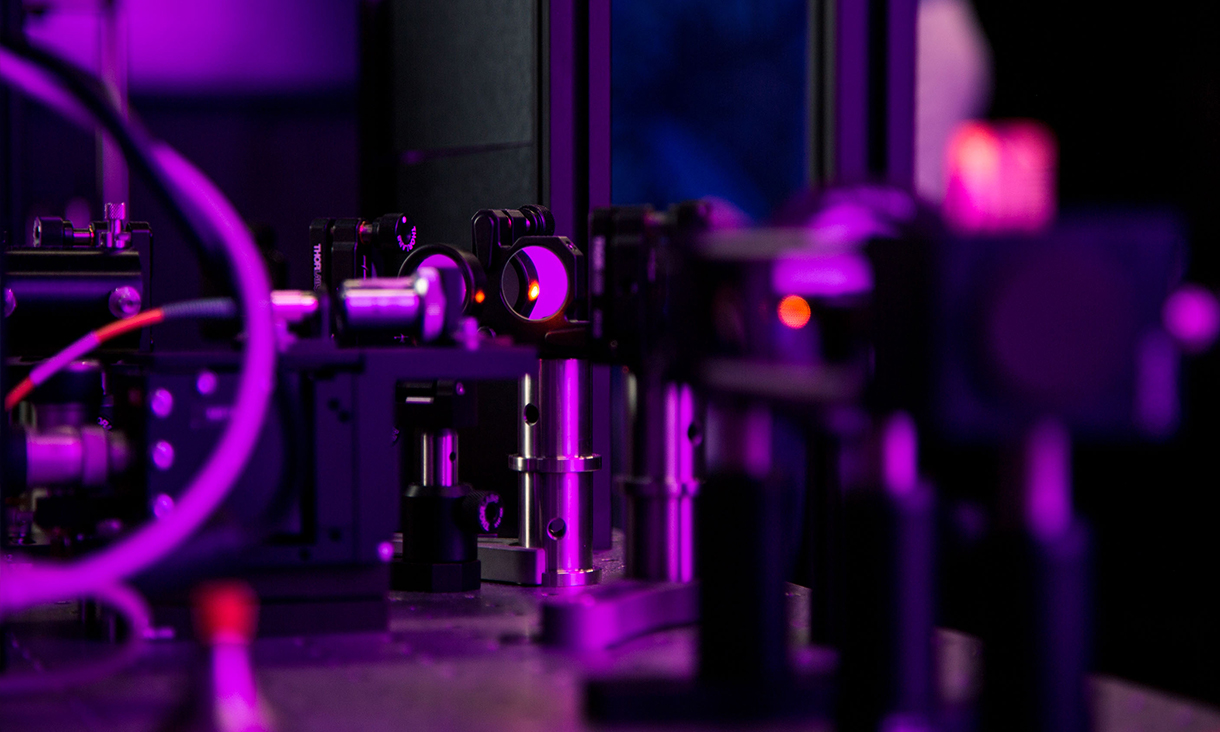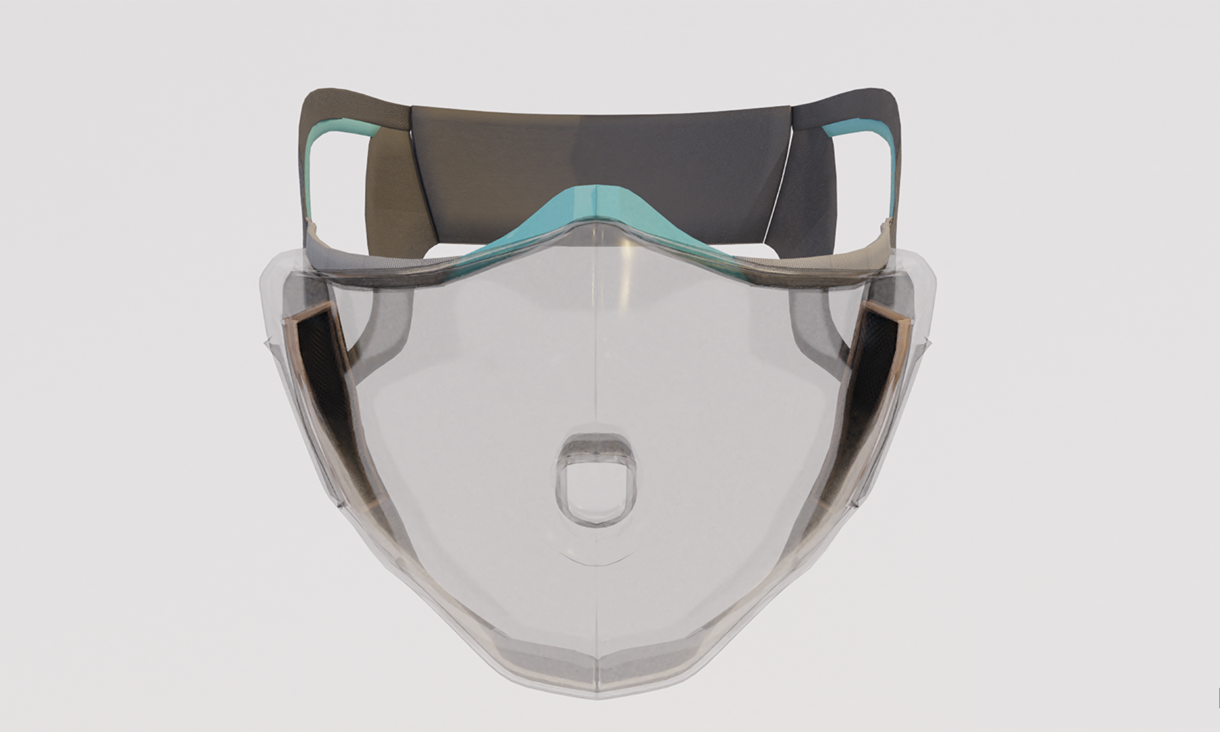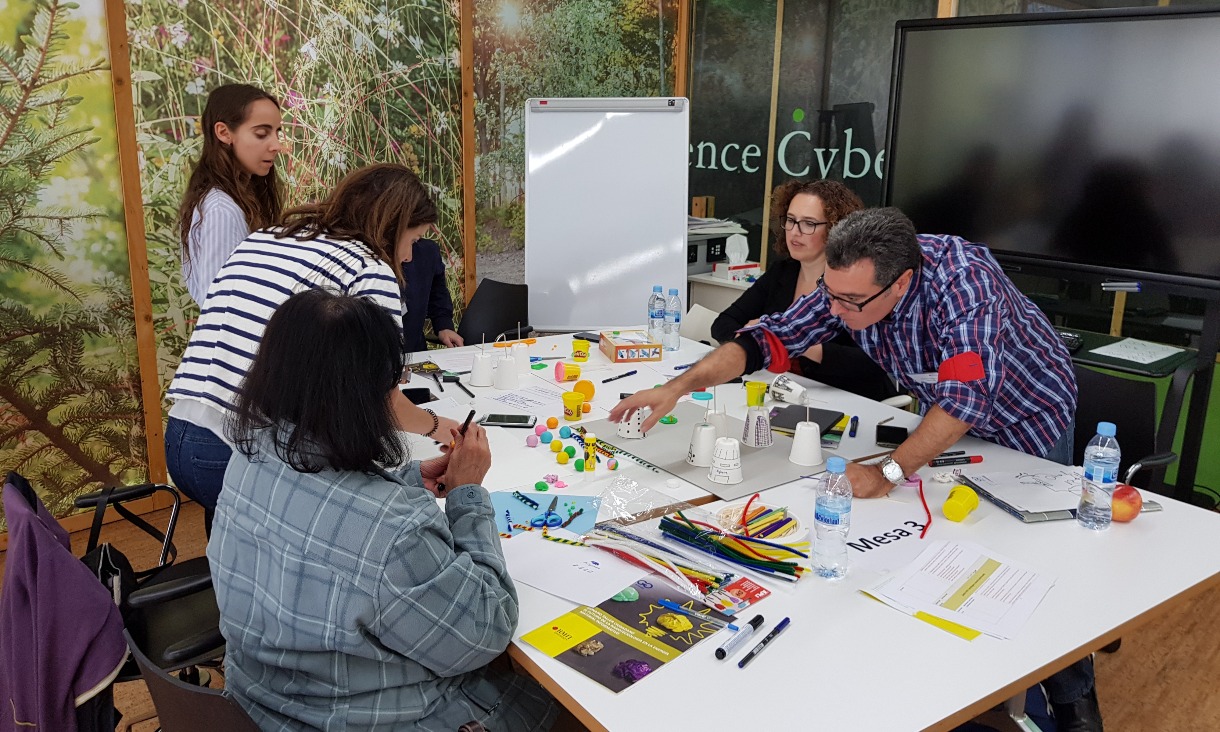Scientists defy nature to make insta-bling at room temperature
An international team has made diamonds in minutes in a laboratory at room temperature – a process that normally takes billions of years, huge amounts of pressure and super-hot temperatures.
RMIT project wins US Navy innovation prize grant
An RMIT-led group has been awarded a share of $1.5 million to develop new diamond-fibre magnetic sensors.
Student's eco-friendly face mask impresses in global competition
An impending waste-crises from disposable masks has driven Arya Pawar to design a prototype next-generation face mask, which has been shortlisted in the global XPRIZE Next-Gen Mask challenge.
Co-creation puts citizens at the centre of nanotechnology research
Co-creation workshops and online consultations with citizens and stakeholder groups in Europe are putting people at the heart of nanotechnology research, according to RMIT researcher Craig Richmond.


